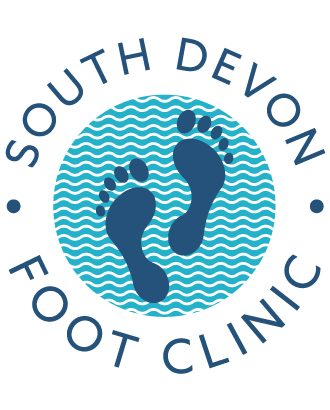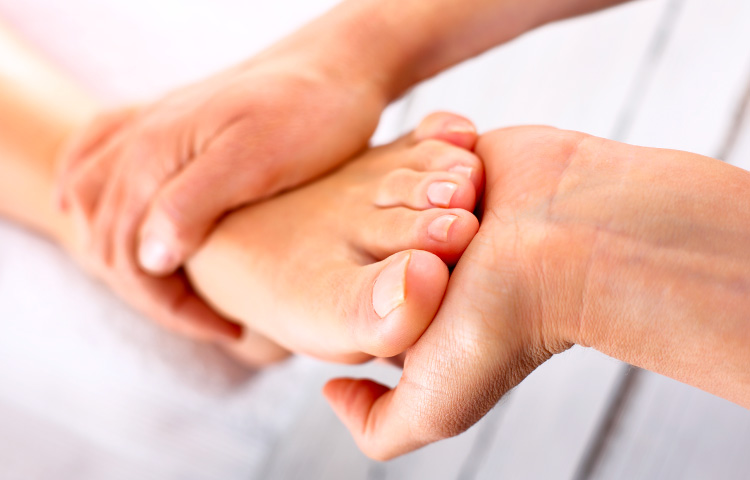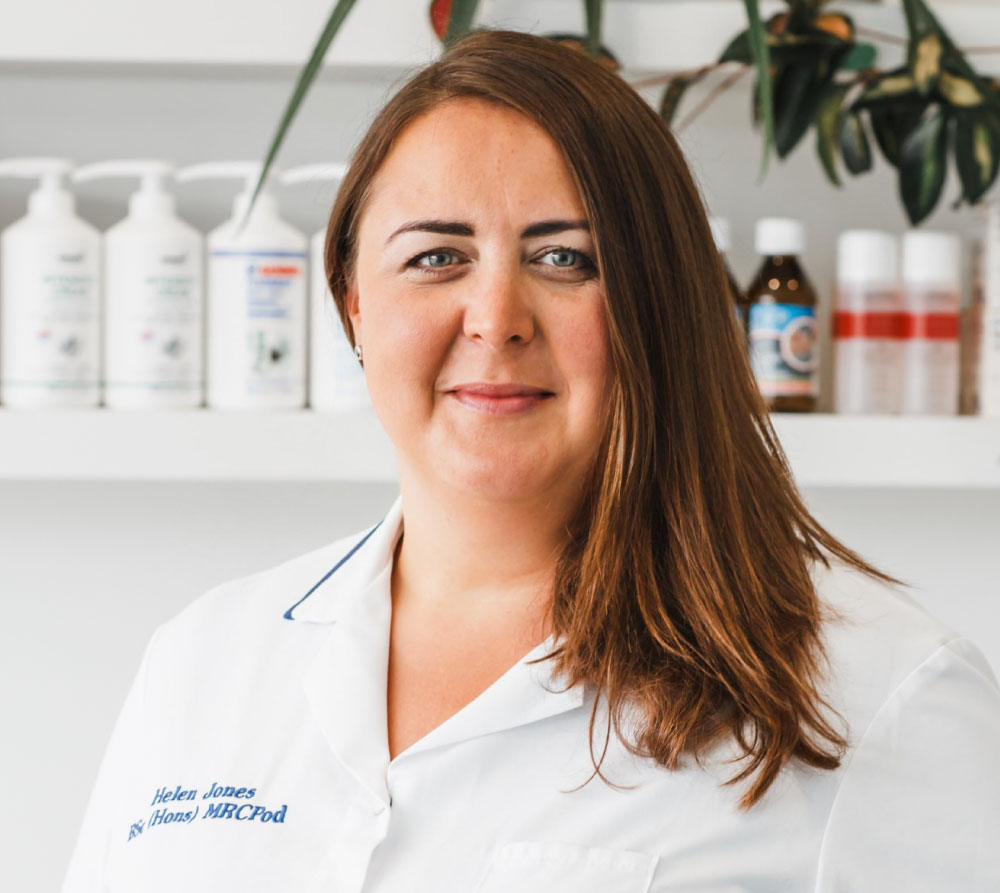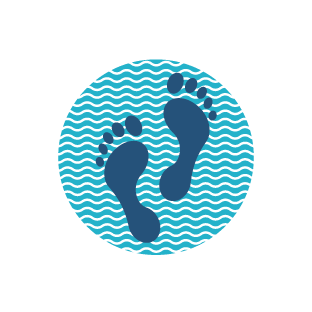Itchy feet? Is it Athletes foot?
Tinea pedis, or Athletes Foot, is a skin infection of the feet or toes. This is caused by a group of fungi called dermatophytes. Typically they thrive within warm and moist environments such as bathrooms, swimming pool and gym changing rooms, socks and shoes meaning our feet are continually at risk as these too are frequently exposed to such areas. Athletes foot can occur on the soles of your feet but most commonly between your toes.






